Place of origin France | ||
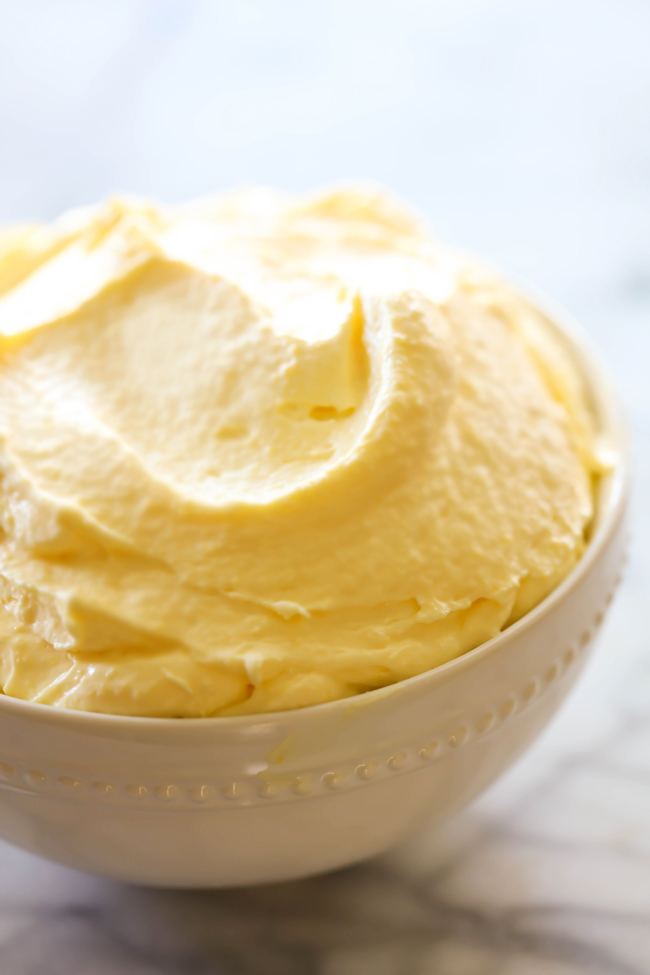 | ||
Alternative names Crème bavaroise, Bavarois Similar Dessert, Entremet, Mousse, Genoise, chocolate mousse | ||
Bavarian cream recipe video culinary
Bavarian cream, Crème bavaroise or simply Bavarois is a dessert similar to pastry cream but thickened with gelatin or isinglass instead of flour or cornstarch, and sometimes flavoured with liqueur. It is not to be confused with crème anglaise, which is a custard sauce thickened with egg.
Contents
- Bavarian cream recipe video culinary
- White bavarian cream cake recipe video culinary
- History
- Preparation and serving
- References
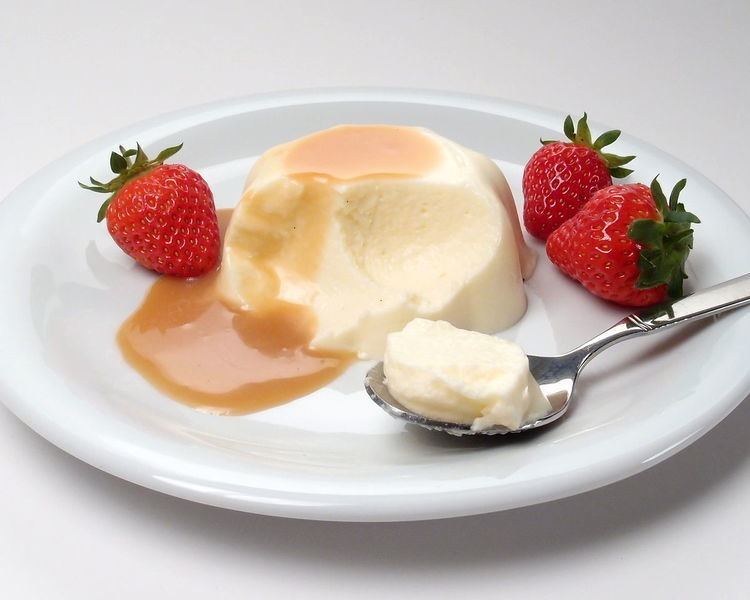
White bavarian cream cake recipe video culinary
History
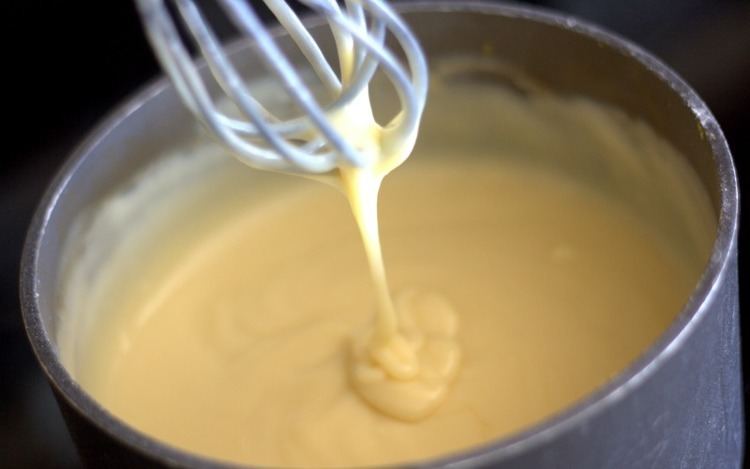
Bavarian cream is a classic dessert that was included in the repertoire of chef Marie-Antoine Carême, who is sometimes credited with it. It was named in the early 19th century for Bavaria or, perhaps more likely in the history of haute cuisine, for a particularly distinguished visiting Bavarian, such as a Wittelsbach. Escoffier declared that Bavarois would be more properly Moscovite, owing to its preparation, in the days before mechanical refrigeration, by being made in a "hermetically sealed" mold that was plunged into salted, crushed ice to set—hence "Muscovite". "Pannacotta", the Italian dessert of sweetened cream thickened with gelatin and molded is comparable.
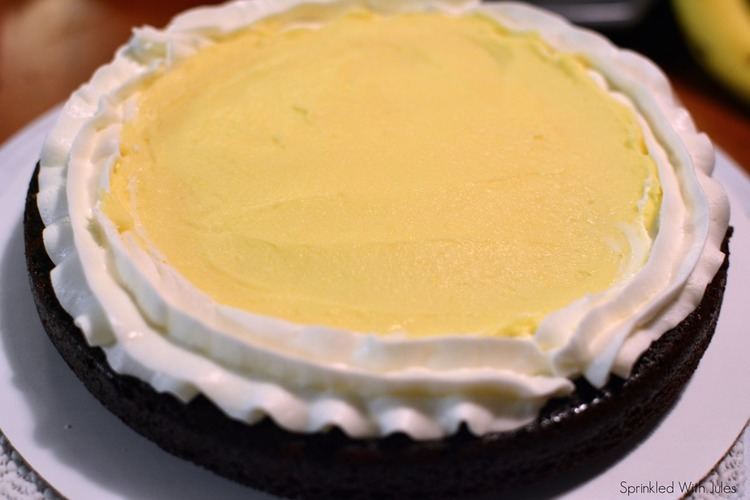
True Bavarian creams first appeared in the U.S. in Boston Cooking School cookbooks, by Mrs D.A. Lincoln, 1884, and by Fannie Merritt Farmer, 1896. The Fannie Farmer Cookbook offers a "Bavarian Cream".
Preparation and serving
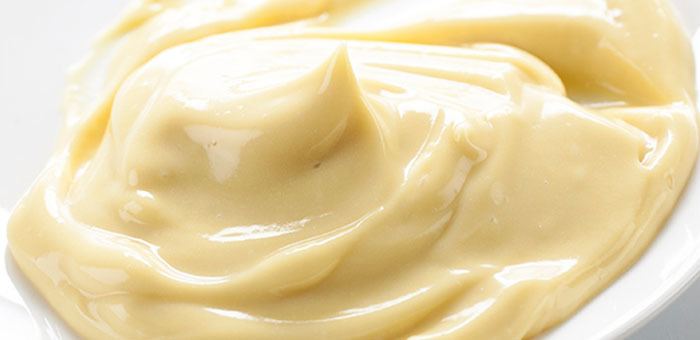
Bavarian cream is lightened with whipped cream when on the edge of setting up, before being molded, for a true Bavarian cream is usually filled into a fluted mold, chilled until firm, then turned out onto a serving plate. By coating a chilled mold first with a fruit gelatin, a glazed effect can be produced. Imperfections in the unmolding are disguised with strategically placed fluted piping of crème Chantilly. In the United States, it is not uncommon to serve Bavarian cream directly from the bowl it has been chilled in, similar to a French mousse. In this informal presentation, Escoffier recommended the Bavarian cream be made in a "timbale or deep silver dish which is then surrounded with crushed ice".
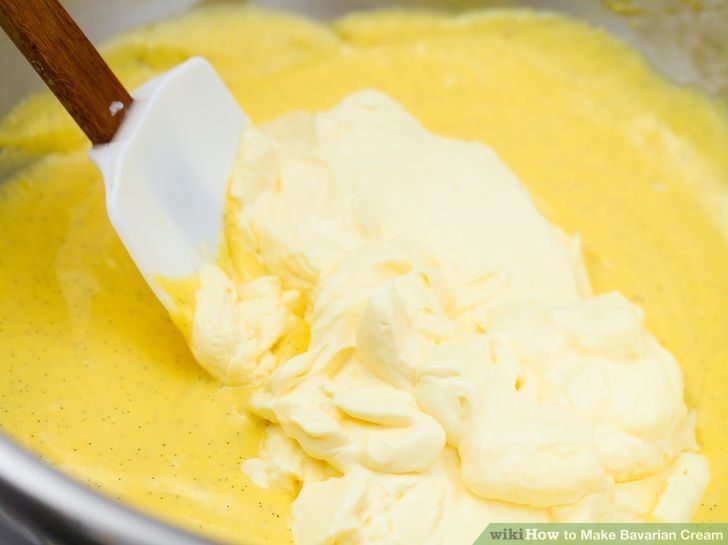
It may be served with a fruit sauce or a raspberry or apricot purée or used to fill elaborate charlottes.
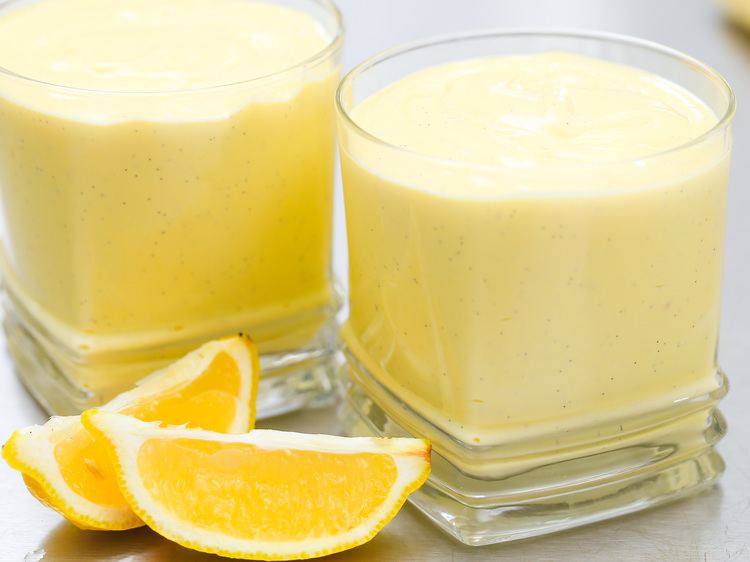
Though it does not pipe smoothly because of its gelatin, it could substitute at a pinch for pastry cream as a filling for doughnuts. The American "Bavarian Cream doughnuts" are actually filled with a version of a crème pâtissière (pastry cream), causing local linguistic confusion.
